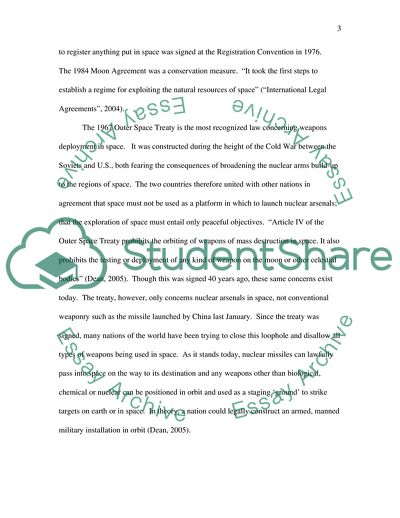Cite this document
(China Says No More Satellite-Killer Tests Essay, n.d.)
China Says No More Satellite-Killer Tests Essay. Retrieved from https://studentshare.org/military/1708571-space-law
China Says No More Satellite-Killer Tests Essay. Retrieved from https://studentshare.org/military/1708571-space-law
(China Says No More Satellite-Killer Tests Essay)
China Says No More Satellite-Killer Tests Essay. https://studentshare.org/military/1708571-space-law.
China Says No More Satellite-Killer Tests Essay. https://studentshare.org/military/1708571-space-law.
“China Says No More Satellite-Killer Tests Essay”, n.d. https://studentshare.org/military/1708571-space-law.


